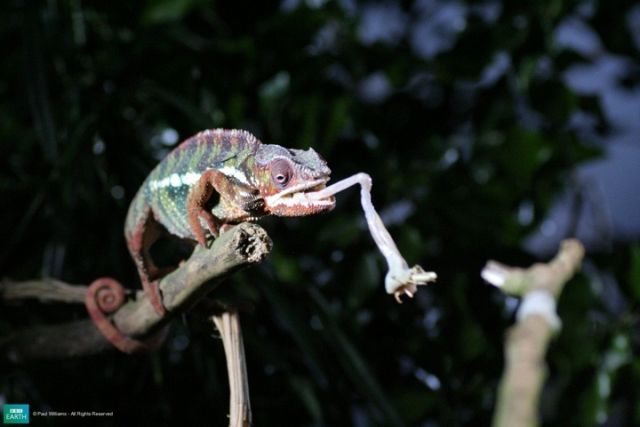This post courtesy BBC Earth. For more wildlife news, find BBC Earth on Facebook and Posterous.
Bringing the best of natural history filmmaking to a large audience has never been easy. But what happens when you get the taste for something a little darker? Something a little more sinister, a little harder to find, something that’s intentionally keeping itself far from your reach.

This month at BBC Earth we are hunting down all that is Deadly. Gathering together the incredible knowledge of the BBC Earth natural history teams, with the most interesting and thrilling nature photography and film from the BBC.
Our blog will be taking the road less traveled in bringing you exclusive insights from behind the lens with none other than Steve Backshall, the naturalist who reaches parts of the world others just can’t.
And on our YouTube, we will be dedicating a play-list especially to Steve who has made his pain whilst the filming of the “Deadly 60” series (now airing on Nat Geo Wild on Mondays from 10pm) our pleasure.
So join the hunt with us! Dance with sharks, meet some lethal giants, and discover oddities you cannot help but share… even with the most squeamish of your friends.











